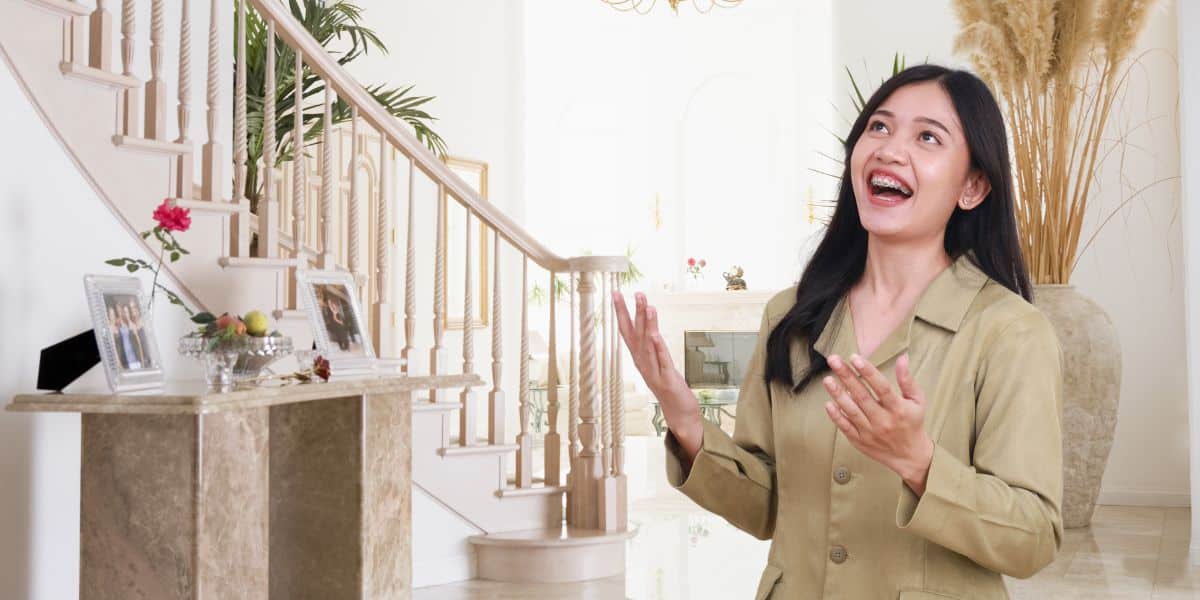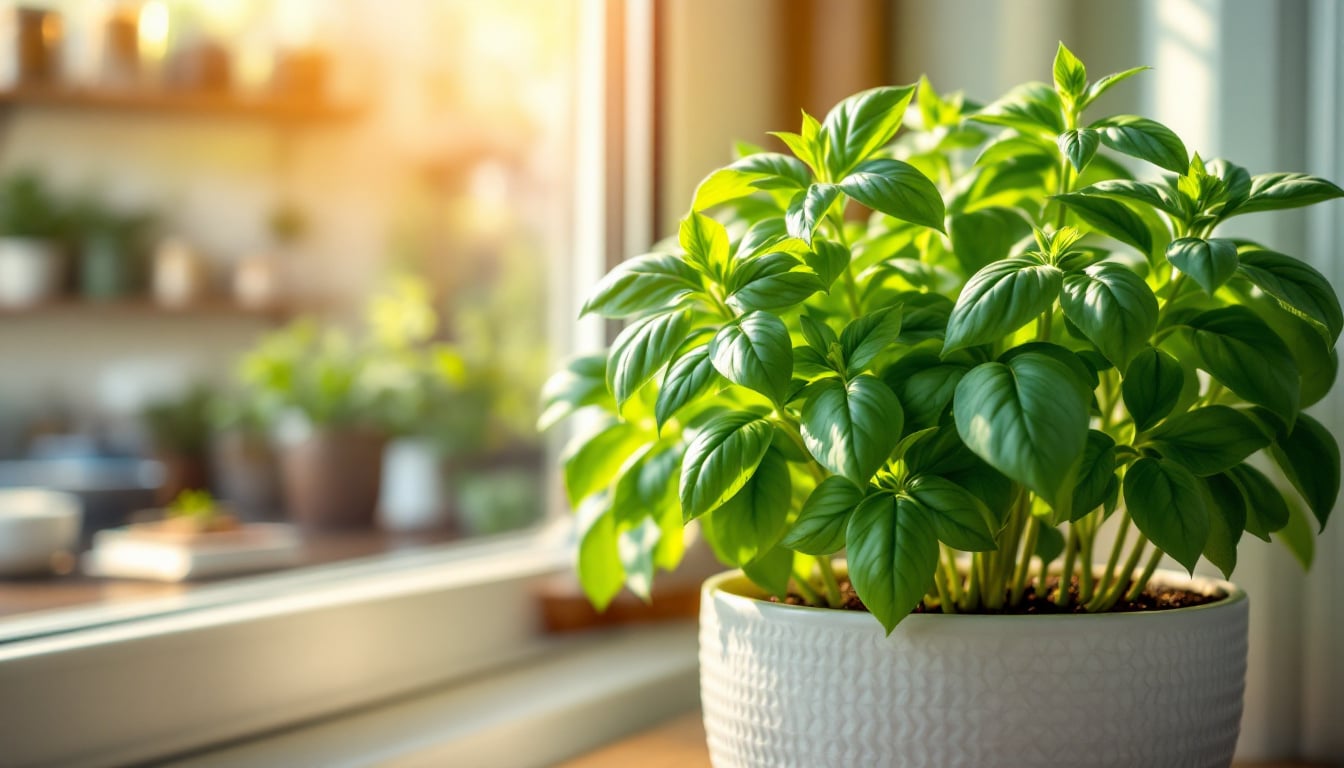As a design editor, stepping into someone’s home is like entering a realm filled with stories, each corner echoing personal choices and nuances. From the way furniture flows through the space to the subtle glow of ambient lighting, every detail contributes to the narrative of a home. What might seem like ordinary decor to some can, in reality, reveal profound insights about a person’s lifestyle, preferences, and priorities. This article uncovers some of the most surprising things I notice in people’s homes—those subtle elements that quietly speak volumes about the people who live there.
Fun fact: Studies in environmental psychology show that people tend to arrange furniture in ways that subconsciously reflect their communication styles—introverts prefer angled, inward-facing seating, while extroverts often opt for open, social layouts.
✨ highlights: what every home reveals at first glance
- 🏠 Layout and flow shape how welcoming or chaotic a space feels.
- 💡 Lighting choices can instantly transform mood and ambiance.
- 🛋️ Texture and layering bring depth, warmth, and personality.
- 📸 Personal touches tell a silent story of identity and memories.
- 🧼 Condition and upkeep reflect pride, care, and emotional connection to the home.
Layout and flow: the unspoken conversation
The first element that subtly speaks volumes is the layout of a room. Whether intentionally designed or organically evolved, the furniture arrangement and room orientation say a great deal about how a home is lived in. A thoughtful layout creates a visual rhythm—spaces that invite movement, facilitate conversation, and intuitively guide the eye. When a home’s flow is obstructed by bulky furniture or awkward angles, it tends to reflect a sense of disconnect or neglect. On the other hand, homes that exhibit smooth, harmonious zoning often reveal a deep understanding of comfort and function. Creating designated areas for work, rest, and gathering is a telltale sign of conscious living.
The language of light
Light doesn’t just illuminate—it narrates. One of the most surprising details that reveals itself instantly is the home’s lighting strategy. Homes bathed in natural light tend to feel expansive and alive, while those reliant on harsh overheads can come across as cold and impersonal. The most welcoming homes often feature layered lighting—combining ceiling lights with floor and table lamps, dimmers, and even candles. These layers create intimacy and versatility, adapting to different moods and times of day. Thoughtful lighting design speaks to the homeowner’s emotional awareness and understanding of ambiance.
The bold kitchen cabinet trends everyone will be talking about in 2025
Texture tells the story
When observing a room, my eye is immediately drawn to the interplay of textures. A space filled only with smooth surfaces can feel sterile, while layering materials—such as linen, velvet, wood, and metal—adds sensory richness. From the cool touch of a marble surface to the softness of a wool throw, texture creates dimension and offers comfort. Often overlooked, it’s these tactile contrasts that invite you to linger in a room. Homes that feature a well-balanced mix of textures often belong to those who appreciate subtle complexity and design that engages the senses.
When decor gets personal
Perhaps the most emotionally resonant aspect of any home is its collection of personal touches. While sleek, showroom-style decor might impress at first glance, it’s the candid inclusion of a child’s drawing, a worn travel journal, or a framed memory that truly transforms a space. These pieces provide insight into lived experiences, passions, and values. Homes that proudly display personal items—be it curated collections, heirlooms, or handmade crafts—tend to feel layered with authenticity. They are spaces that celebrate life’s journey rather than hide it.
The quiet signals of upkeep
Without saying a word, the condition and care of a home reveal how its inhabitants relate to their environment. Peeling paint, stained upholstery, or broken fixtures suggest areas of neglect that often mirror life’s chaos or disconnection. In contrast, clean surfaces, maintained furniture, and small signs of repair suggest attentiveness, responsibility, and respect for one’s space. Well-worn doesn’t mean worn-out—a slightly faded couch with a beloved throw is often more telling than the newest designer piece. It speaks to how a home is cherished, not just decorated.
Frequently asked questions
What do you first notice when entering a home? The layout and how it guides movement instantly shapes the home’s energy and welcome.
How can lighting affect the ambiance of a room? Layered lighting allows for greater emotional nuance and functionality, enhancing a room’s overall warmth and depth.
Why is texture important in a home? Diverse textures elevate the sensory experience and add dimension to even the most minimal spaces.
How can I incorporate personal touches into my home decor? Use meaningful objects, artworks, or mementos that evoke memories and reflect your personal story.
Why does the condition of furnishings matter? It reflects how the homeowner values and maintains their environment, influencing both aesthetic and emotional impact.
The final impression: your home as a reflection
Every home holds a mirror to the soul of its residents. Beyond style or budget, it’s the small, often overlooked details that carry the most meaning. A thoughtfully arranged chair, a carefully chosen light fixture, a beloved memento—these are the things that give a space its heartbeat. As we continue exploring how design intersects with identity, remember that the true beauty of a home lies in how well it reflects the lives within it. Stay tuned for more inspiration and insight into what makes our living spaces truly come alive—and don’t forget to return soon for more thoughtful takes on the world of home and design.





